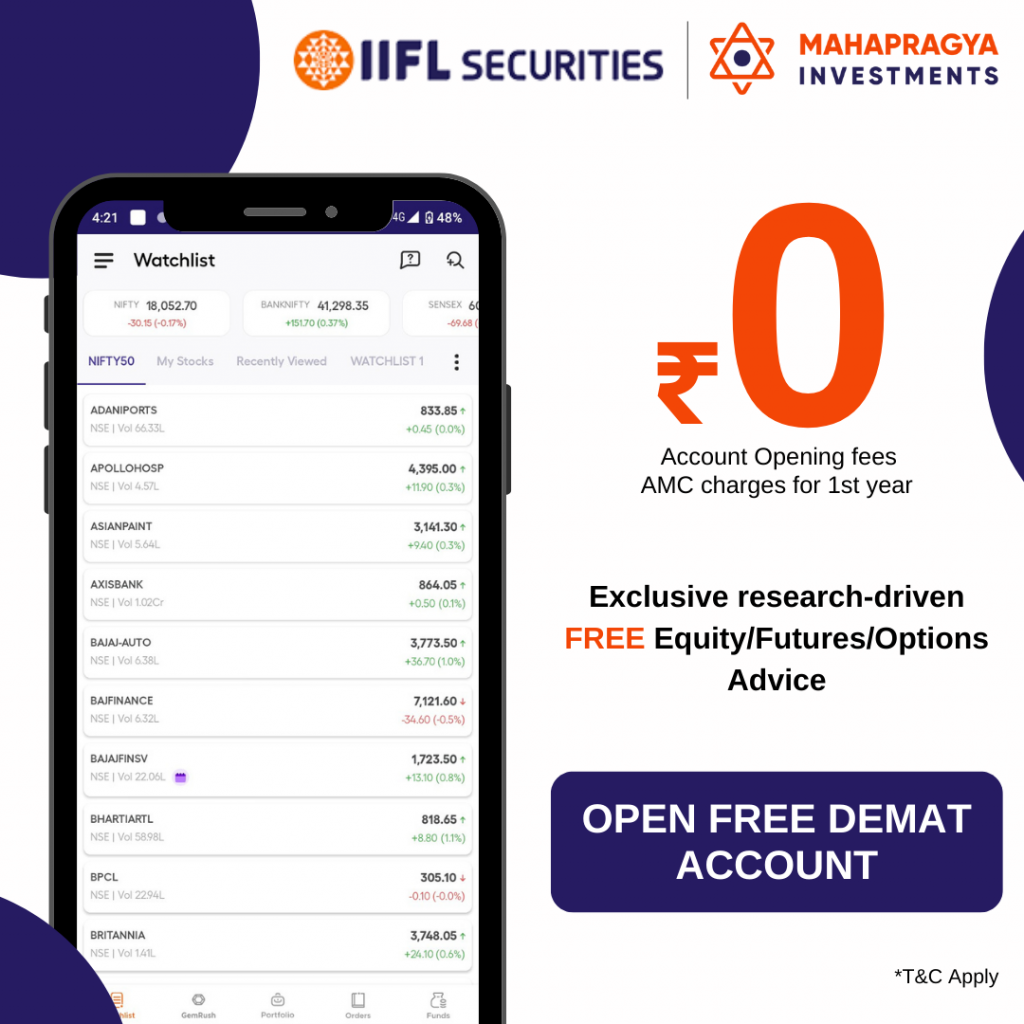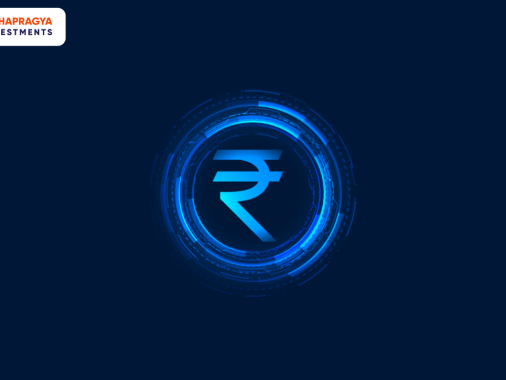
The Indian e-commerce landscape is undergoing a seismic shift. While giants like Amazon have long dominated the market, a new breed of challengers is emerging – quick commerce (q-commerce) companies like Blinkit (formerly known as Grofers). These players are rewriting the rules of online shopping by offering ultrafast delivery, typically within minutes, for a wide range of everyday essentials.
This blog delves into the battle between Blinkit and Amazon, exploring their unique strengths and weaknesses. We’ll also analyze how q-commerce is disrupting the e-commerce ecosystem in India and what it means for the future of online shopping.
Understanding Quick Commerce (Q-Commerce):
Q-commerce is a hyper-local delivery model focused on getting products to customers within minutes. This is achieved by setting up a dense network of dark stores (warehouses located within city limits) stocked with everyday essentials like groceries, personal care items, and even electronics. Orders are placed through user-friendly apps, picked from the nearest dark store, and delivered by a fleet of bikers strategically positioned across the city.
Blinkit vs Amazon: A Tale of Two Titans
Blinkit:
- USP: Blazing-fast delivery (within 10-20 minutes) for a curated selection of groceries, medicines, and daily essentials.
- Strengths:
- Speed: Blinkit’s core strength lies in its unparalleled delivery speed. This caters to a growing segment of urban consumers who value convenience and instant gratification.
- Focus: Blinkit maintains a tight focus on its product selection, ensuring a streamlined picking and delivery process.
- Synergy with Zomato: Blinkit leverages Zomato’s extensive delivery network and user base, providing a significant advantage in scaling operations and customer reach.
- Weaknesses:
- Limited Selection: Compared to Amazon’s vast product catalog, Blinkit offers a much narrower range of items.
- Higher Prices: The convenience of ultrafast delivery often comes at a premium. Blinkit’s prices can be slightly higher than traditional grocery stores or even Amazon on some items.
- Limited Availability: Currently, Blinkit operates only in select Indian cities.
Amazon:
- USP: A vast online marketplace featuring millions of products across diverse categories, with competitive prices and a well-established fulfillment network.
- Strengths:
- Selection: Amazon boasts an unmatched product catalog, catering to virtually every imaginable need.
- Competitive Pricing: With a well-oiled supply chain and established vendor relationships, Amazon often offers competitive pricing on a wide range of products.
- Established Brand: Amazon is a household name synonymous with online shopping, offering a familiar and trusted platform for millions of Indian consumers.
- Weaknesses:
- Delivery Speed: While Amazon offers faster delivery options like Amazon Prime, it cannot compete with the lightning-fast delivery times of q-commerce players like Blinkit.
- Focus on Bulk Orders: Amazon’s traditional model excels at fulfilling bulk orders, but it might not be as efficient for smaller, immediate needs.
- Complex User Interface: The sheer volume of products on Amazon can make navigating the platform overwhelming for some users, especially those seeking quick purchases.
The Disruption of E-Commerce:
The rise of q-commerce is shaking up the Indian e-commerce landscape in several ways:
- Shifting Priorities: Consumers are increasingly prioritizing convenience and speed over lower prices. This is a significant shift from the traditional e-commerce model, which focused heavily on price wars.
- Focus on Hyper-Locality: Q-commerce caters to local needs by leveraging dark stores within city limits. This allows for faster deliveries and potentially fresher products, especially for perishable items.
- Evolving User Behavior: Mobile-first q-commerce apps are designed for ease of use and impulse purchases. This caters to a growing segment of tech-savvy consumers who are comfortable using their smartphones for everyday needs.
The Road Ahead: A Co-Existing Future?
While q-commerce companies like Blinkit are experiencing rapid growth, it’s unlikely they will completely replace established e-commerce giants like Amazon. Here’s what the future might hold:
- Segmentation: Both models can co-exist, catering to different consumer needs. Q-commerce will likely dominate the market for immediate needs and essentials, while Amazon will continue to be the go-to platform for bulk purchases, specialty items, and a wider product variety.
- Hybrid Strategies: We might see established e-commerce players like Amazon experiment with q-commerce elements by setting up their own dark stores or offering faster delivery options.
- Technology Advancements: Technological advancements in areas like automation, route optimization, and delivery drones could further improve efficiency and speed in the q-commerce space.
- Sustainability Concerns: The dense network of dark stores and the high volume of deliveries associated with q-commerce raise concerns about environmental sustainability. Companies will need to find innovative solutions to minimize their carbon footprint.
Who Will Win the Q-Commerce Race?
The future of q-commerce in India hinges on several factors:
- Market Expansion: The success of q-commerce players like Blinkit depends on their ability to expand their reach beyond major cities and cater to a broader customer base.
- Profitability: While q-commerce offers immense convenience, achieving profitability remains a challenge. Companies need to find ways to optimize operations and potentially introduce subscription models or delivery fees to ensure long-term sustainability.
- Competition: The q-commerce space is expected to see increased competition, not just from established players like Amazon but also from new entrants. Innovation and differentiation will be key to success in this dynamic market.
What Does This Mean for Consumers?
The rise of q-commerce ultimately benefits Indian consumers by offering:
- Greater Choice: Customers now have a wider range of options for online shopping, catering to both immediate needs and planned purchases.
- Increased Convenience: Q-commerce provides the ability to get everyday essentials delivered within minutes, saving time and effort.
- Potential for Lower Prices: As the q-commerce market matures and competition intensifies, consumers can expect to see more competitive pricing on essential items.
Conclusion
The battle between Blinkit and Amazon is a microcosm of a larger shift happening in the Indian e-commerce landscape. Q-commerce is challenging the status quo by prioritizing convenience and speed over sheer product variety. While both models are likely to co-exist, the future of online shopping in India will be shaped by technological advancements, the ability to scale profitably, and the evolving needs of consumers.







